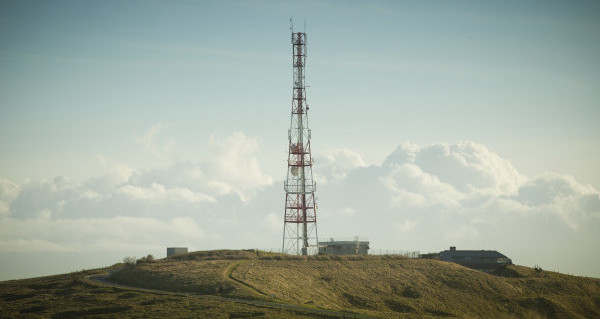By Simon Hill
When 3G networks started rolling out, they replaced the 2G system, a network protocol that only allowed the most basic of what we would now call smartphone functionality. Most 2G networks handled phone calls, basic text messaging, and small amounts of data over a protocol called MMS. With the introduction of 3G connectivity, a number of larger data formats became much more accessible, including standard HTML pages, videos, and music. The speeds were still pretty slow, and mostly required pages and data specially formatted for these slower wireless connections. By 2G standards, the new protocol was speedy but still didn’t come anywhere close to replacing a home broadband connection.
What is 4G?
The ITU-R set standards for 4G connectivity in March of 2008, requiring all services described as 4G to adhere to a set of speed and connection standards. For mobile use, including smartphones and tablets, connection speeds need to have a peak of at least 100 megabits per second, and for more stationary uses such as mobile hotspots, at least 1 gigabit per second.
When these standards were announced, these speeds were unheard of in the practical world, because they were intended as a target for technology developers, a point in the future that marked a significant jump over the current technology. Over time, the systems that power these networks have caught up, not just in the sense that new broadcasting methods have found their way into products, but the previously-established 3G networks have been improved to the point that they can be classified as 4G.
What is LTE?
Immediately networks began advertising their connections as 4G LTE, a marketing technique that allowed them to claim next-gen connectivity without having to reach the actual required number first; it would be like the U.S. claiming they had landed on the moon because they got pretty close and the spaceship that got them there was a lot better than the previous ship. It’s not entirely trickery though, despite inconsistent speeds depending on location and network, the difference between 3G and 4G is immediately noticeable.
To make matters more confusing, you’ll also likely come across LTE-A at some point. This stands for Long Term Evolution Advanced, and it takes us a step closer to proper 4G. It offers faster speeds and greater stability than normal LTE. It’s also backward compatible and works by aggregating channels, so instead of connecting to the strongest signal in your vicinity, you can download data from multiple sources at the same time.
Source: Digital Trends

